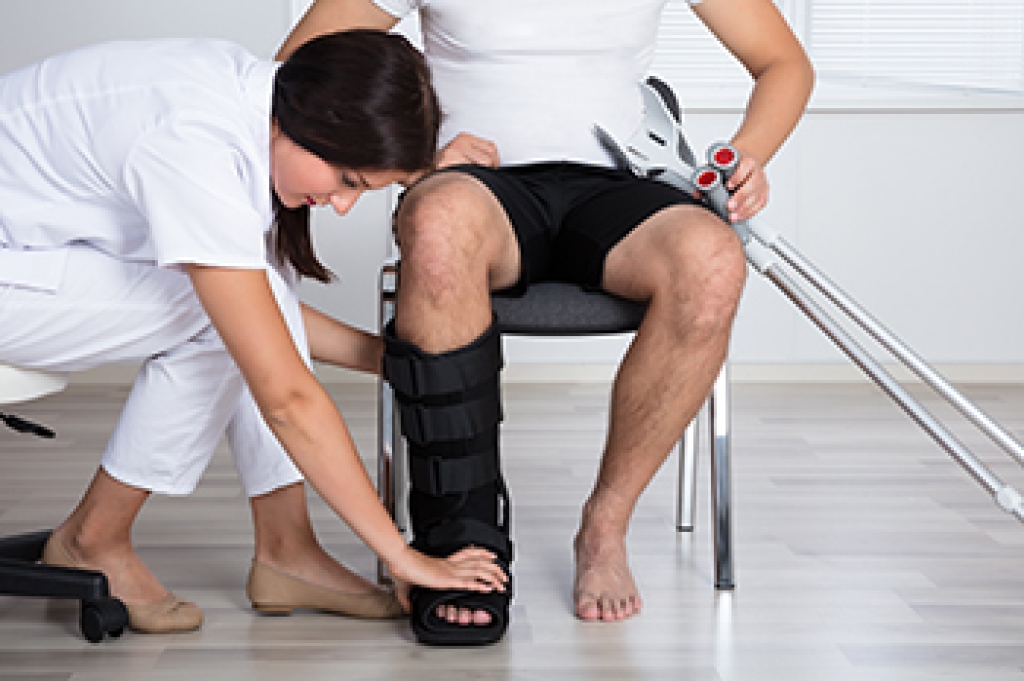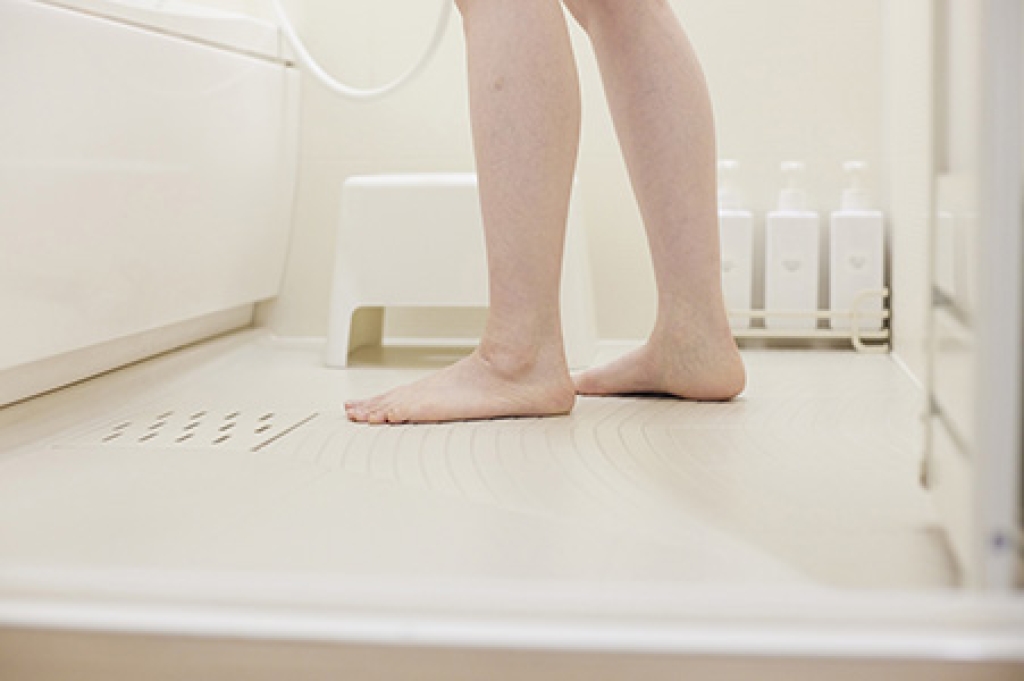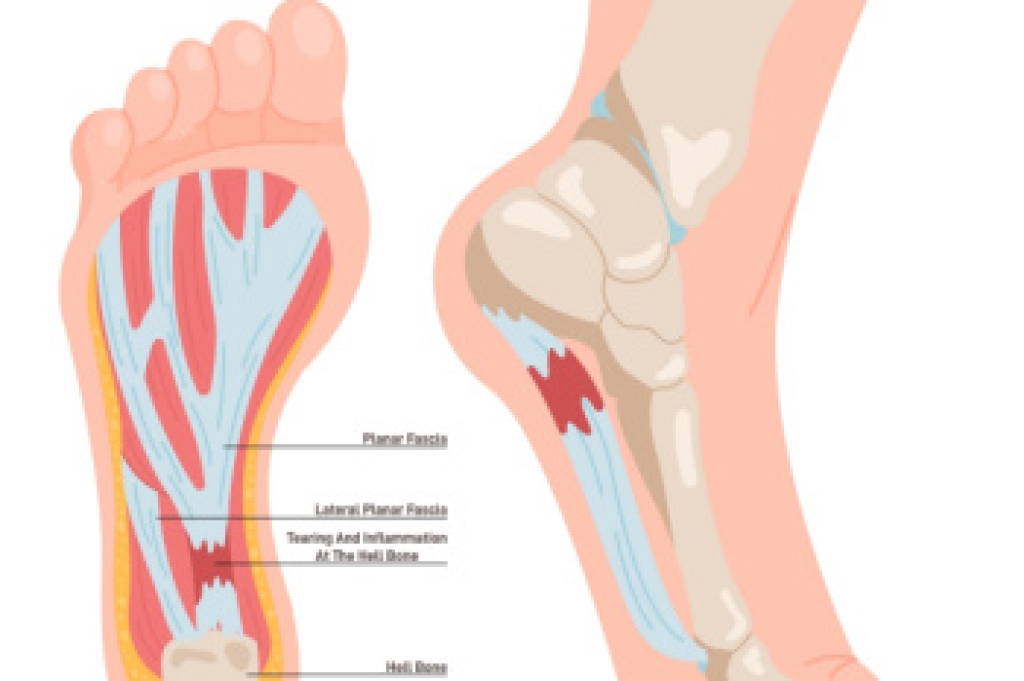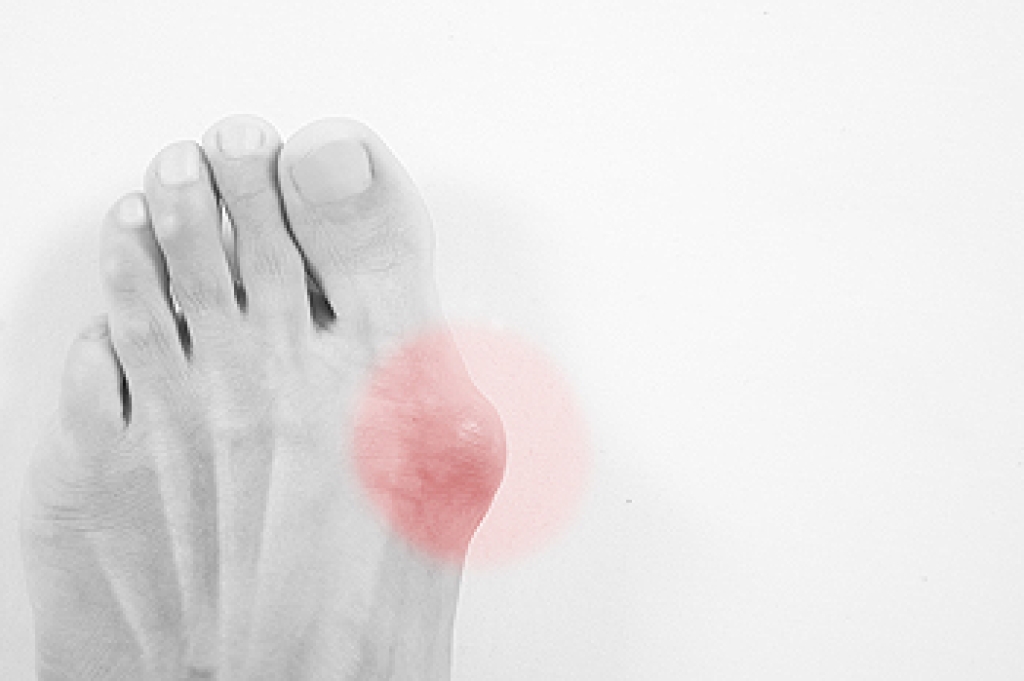
Walking boots are an essential tool in the healing process for foot and ankle injuries, offering critical support and protection. Walking boots are designed to immobilize the foot and ankle, which helps reduce movement and prevent further injury, creating an optimal environment for recovery. The rigid structure of the boot, typically made from materials like plastic or fiberglass, stabilizes the injured area and limits motion. Adjustable straps ensure a snug and secure fit, preventing unnecessary shifting of the foot. By distributing weight evenly, walking boots reduce pressure on the injured areas, minimizing strain and discomfort. Additionally, the boots protect the injured foot from external impacts and bumps, which is especially important during the early stages of recovery. A podiatrist can help guide the use of a walking boot, ensuring proper fit and duration for optimal healing. If you have injured your ankle, it is suggested that you schedule an appointment with a podiatrist for safe and effective care.
If you are having discomfort in your feet and would like to try orthotics, contact Christopher Murphy, DPM from Murphy Foot and Ankle Medicine and Surgery. Our practitioner can provide the care you need to keep you pain-free and on your feet.
What Are Orthotics?
Orthotics are inserts you can place into your shoes to help with a variety of foot problems such as flat feet or foot pain. Orthotics provide relief and comfort for minor foot and heel pain but can’t correct serious biomechanical problems in your feet.
Over-the-Counter Inserts
Orthotics come in a wide variety of over-the-counter inserts that are used to treat foot pain, heel pain, and minor problems. For example, arch supports can be inserted into your shoes to help correct overarched or flat feet, while gel insoles are often used because they provide comfort and relief from foot and heel pain by alleviating pressure.
Prescription Orthotics
If over-the-counter inserts don’t work for you or if you have a more severe foot concern, it is possible to have your podiatrist prescribe custom orthotics. These high-quality inserts are designed to treat problems such as abnormal motion, plantar fasciitis, and severe forms of heel pain. They can even be used to help patients suffering from diabetes by treating foot ulcers and painful calluses and are usually molded to your feet individually, which allows them to provide full support and comfort.
If you are experiencing minor to severe foot or heel pain, it’s recommended to speak with your podiatrist about the possibilities of using orthotics. A podiatrist can determine which type of orthotic is right for you and allow you to take the first steps towards being pain-free.
If you have any questions, please feel free to contact our offices located in Edgewater Port Orange . We offer the newest diagnostic and treatment technologies for all your foot care needs.



